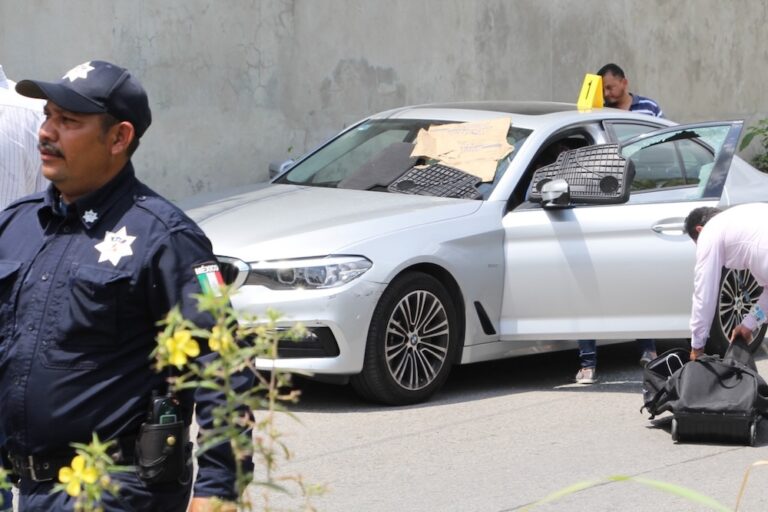Federico García Contreras, of the Mexico City daily El Punto Crítico, was last heard from on May 19 in Tanquian de Escobedo, a town near where rival drug cartels often clash.
(RSF/IFEX) – The relief resulting from journalist Stephania Cardoso‘s reappearance on 15 June after she was missing for a week did not last long because the Mexico City-based daily El Punto Crítico has revealed that one of its photographers, Federico García Contreras, disappeared mysteriously a month ago in the north-central state of San Luis Potosí.
The last time García’s family heard from him was on 16 May, three days after he took a bus from Mexico City to Tanquián de Escobedo, a town near the state’s eastern border where rival drug cartels often clash. The town’s police chief nonetheless told his family that García was briefly detained on 18 May.
“It is not yet clear whether García’s disappearance is linked to his work but it is known that he identified himself as a journalist on his arrival in the town where he went missing,” Reporters Without Borders said. “The contradictory statements by the local police, who supposedly arrested him on 18 May, need urgent clarification and should be a priority of the federal investigation. Did García witness something compromising in a region where organized crime holds sway? The investigators must not ignore any possibility.”
As soon as García arrived in Tanquián de Escobedo he notified his daughters. He called his family again the next day and reported having had a run-in with local police chief José Alberto Troas, who had forbidden him to conduct interviews on the grounds that it was too risky. The town is near the border with Veracruz, which in recent months has been the country’s most dangerous state for journalists.
Although the family last heard from him on 16 May, police chief Troas told his daughters, when they went to Tanquián de Escobedo to look for him, that he was arrested in an inebriated state on 18 May and was held for two hours because he had disrupted a teachers’ meeting. After García was examined by a doctor, Troas said he ordered his men to take him to his hotel.
The police chief’s account was partially contradicted by the doctor, who said she examined García on 17 May and found no sign of inebriation. Also, the woman who runs the hotel where he was staying said she never saw him being brought back by policemen.
When these statements were brought to the police chief’s attention, he modified his story, saying García was released at the police station and chose to return to his hotel on his own. A friend of García called his daughters on 23 May to confirm that the hotel reception had not seen or heard from him for the past week. All of his possessions were found intact in his hotel room except his laptop and wallet.
García’s daughters, Marisol and África García, reported his disappearance to the Special Prosecutor’s Office for Crimes against Freedom of Expression (FEADLE).
While almost all of the 85 murders and 15 disappearances of journalists in the past decade in Mexico remain unpunished, Reporters Without Borders notes that another arrest has been made in the murders of journalists Ana María Yarce and Rocío González Trápaga in Mexico City on 31 August 2011. Although this double murder was not linked to their work, the success of the investigation shows that impunity is not inevitable.


